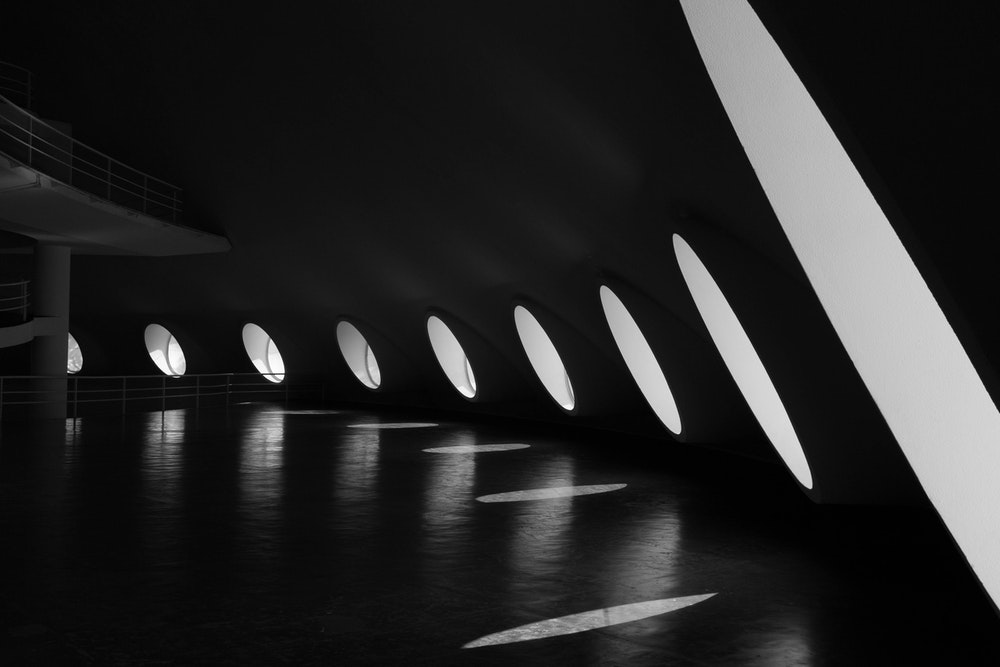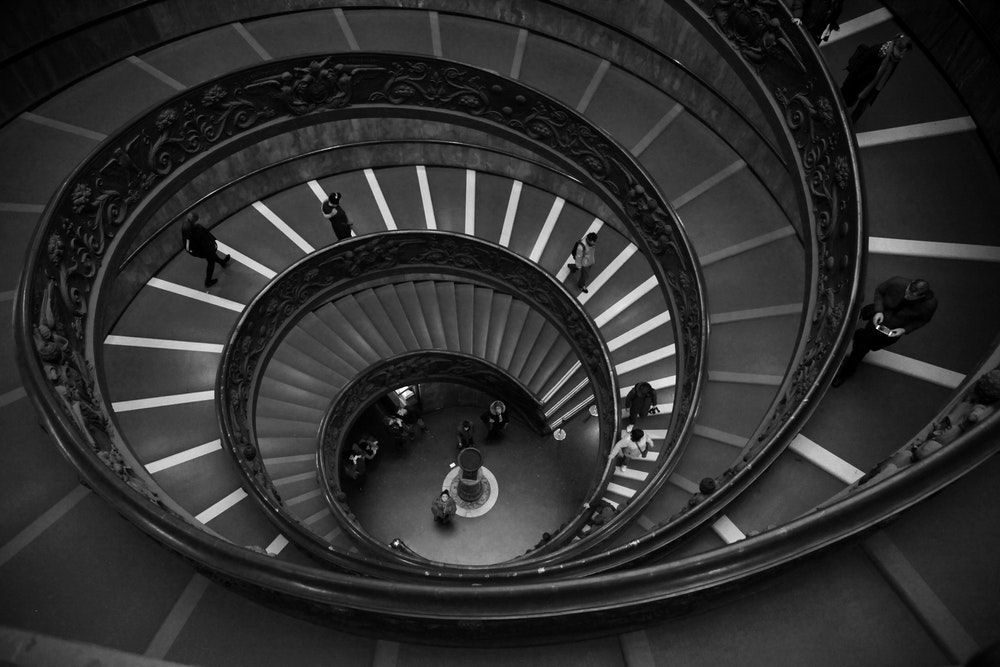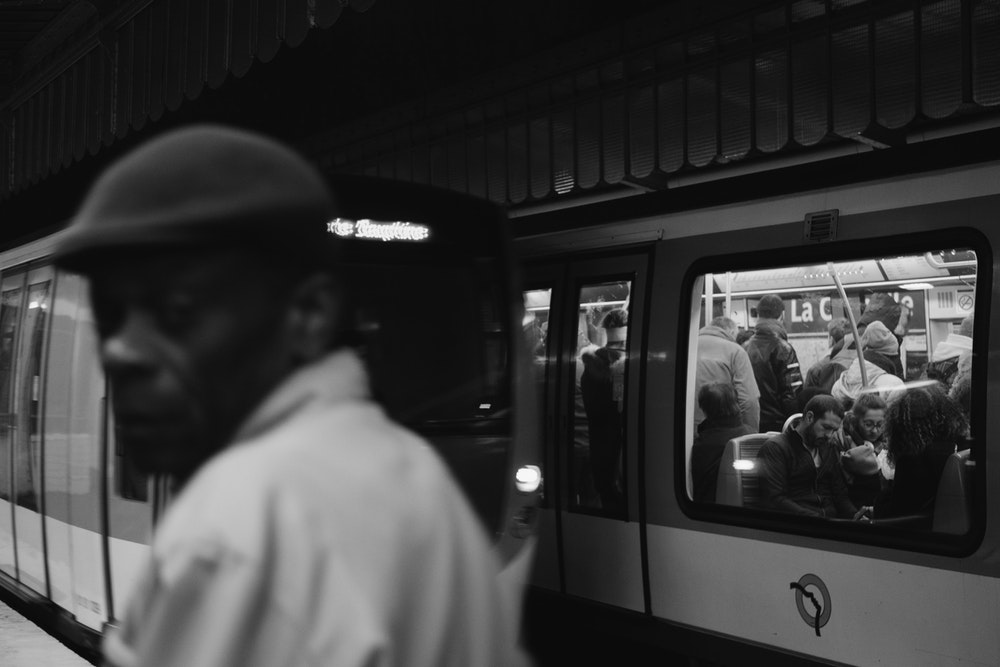The Challenges and Fun of Monochrome Photography

Monochrome photography is going through a new resurgence in the last few years. The number of people who are actively taking part in monochrome photography has increased since the middle of the last decade.
With very good reason too, as monochrome photography can be one of the most fascinating and challenging aspects of photography.
Every category has its own beauty and challenges. In this article, we will discuss the reasons why monochrome photography is so fascinating and some major challenges associated with it too.
Fun facts that persuade people to explore monochrome photography
Discussing all the outstanding features of monochrome photography is far beyond the ability of this article. But we will give you an overview of some important factors that make monochrome photography so interesting.
It gives you a different perspective
This is a feature that makes monochrome photography so special. In earlier days, people had no choice as there were no colour cameras. But in a modern world like today, colour photos seem very normal because that is what our eyes are seeing almost every time.
But when you see a B&W photo, it generates a completely different feeling inside your head. The photographs depth of field, rule of thirds and other elements that help frame the subject. This difference can never be created no matter how unique a colour photograph is.
Controlling colours is a typical task
This is considered one of the biggest drawbacks of colour photographs. Colours play a very important role in grabbing attention of people instantly. But in most cases, the colours also distract people from the real message that the photographers want to convey. And this is because not every photographer is able to limit the saturation of colour to make it suitable.
As there are not that many colours in monochrome photography, such a distraction is easily avoided. It adds a very warm and soothing effect to the photograph. This is the reason why most monochrome photos seem more relaxing as compared to colour photographs.

Monochrome photos are artistic
This is another great feature of such photographs. Whenever you see a colour photograph, you start relating that to the real-world. And when you can see a photo as someplace, a thing or something like that, seeing an art becomes more difficult. This is because the photo seems more like something real rather than art.
But in monochrome photography, such a situation does not arise. This is because you see the real world in colour. As a result of that, it becomes easy to see art in these photographs. Portraying some message through these photos also become very convenient for the creators.
Fine structures can be expressed beautifully
People don’t care about the structure much when it comes to colour photographs. Even the lacking structure doesn’t stop people from noticing the photos. This is because colours seem very cool in the beginning for a few moments. But those colours can’t hold your interest for long.
In the case of monochrome photography, you have to be very attentive of the details. When a photo is created with fine structures, it becomes very pleasing as compared to colour photographs.
Enough room for creativity
When you shoot a photo in colour, there are not many things that you can do after taking the photo. Suppose the photo is of some grassland, all you will try to do is to make the grass appear as natural as possible. But in monochrome photography, you can push your editing skills to the limit.
As there is no such boundary here that can be called unusual, this makes you able to try as many effects as possible. This is a type of photography that is favoured a lot by creative people.

Challenges associated with monochrome photography
Now that you are aware of the major advantages of B&W photography, it is time that you know about the challenges you may face once you give it a try.
Not every image can be a great black and white image
The biggest misconception that a lot of people have is they think that every image can be a good black and white image. The case is not so. As your ability to capture colours is very much limited in monochrome photography, you have to be extra careful. A lot of photographers think that they can take any photo and then turning it into B&W will make it artistic but they are wrong.
As you learn when colour correcting or colour grading photographs, each individual colour has its specific tone when converted into the black and white format. Being very much careful about this fact will be the most important tool for creating some nice photos. Once you acquire much knowledge about it, you will be able to take the perfect shots that would be most suitable for monochrome format.
Developing this skill is a lengthy and typical task but it is not in any way, a boring task. You will enjoy it when you start experimenting with different colours and saturation to create the perfect monochrome photographs.
It is really difficult to find good scenes
This is a challenge that is faced particularly by those people who are interested in landscape photography. Landscape photos look great in colour. But converting such a photo into a monochrome photo doesn’t work in all cases.
As we have already discussed how the colours are converted, so you have to find the location by keeping this point in your mind. A sunset near mountains may look great in colour, but converting that photo into a monochrome photo is a bit challenging.
So, it becomes very difficult to find a proper location if you want good monochrome photos in this category. Knowing about what is lacking is also not as easy as in colour photography. Patience and extreme attention to detail are very necessary here.
Photographers! Earn a $200 Sign up Bonus... |
|---|
Interested? Sign-up here(more details) |
Final thoughts
We have outlined some of the challenges and difficulties related to monochrome photography. There is no end to the list of the skills that you need to be a creative photographer.
The next time you leave your home with your camera, try walking about and shooting only for monochrome results - the practice helps you see light and shadow more frequently, and can help your personal skills in colour photography as well.


